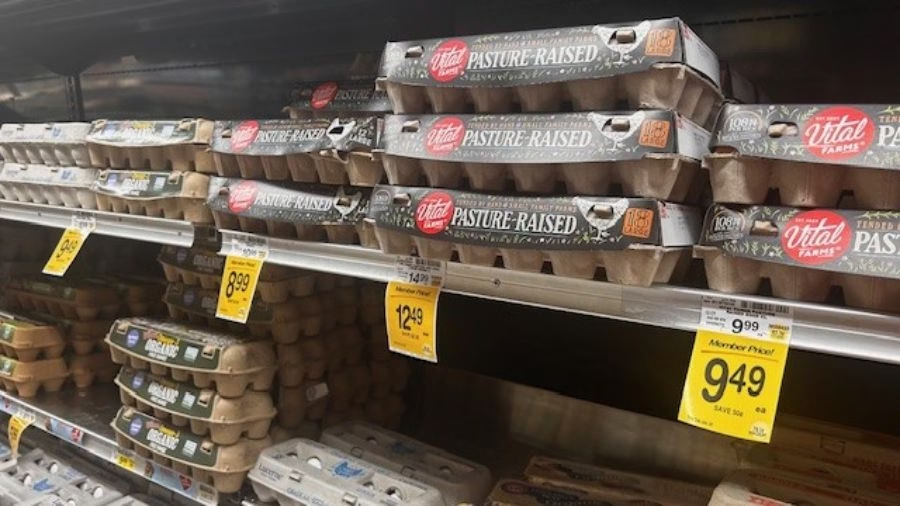
Why Egg Prices Are Skyrocketing: Key Causes & Projections
Why Egg Prices Are Skyrocketing in 2025
Egg prices have surged dramatically in recent months, reaching nearly $10 per dozen in some areas as of January 2025. This spike, a result of avian influenza, inflation, and seasonal demand, has left consumers grappling with sticker shock. Here’s a detailed look at the factors behind the surge and what to expect in the future.
Key Factors Driving Egg Price Increases
1. Avian Influenza Outbreak
The resurgence of avian influenza (bird flu) has significantly disrupted egg production across the United States. Over 20 million egg-laying hens were culled in the last quarter of 2024 alone, causing a steep drop in supply.
- California Impact: In California, egg prices have skyrocketed from $5.68 to $8.97 per dozen in just one month due to severe disruptions in local poultry farms. Source
2. Inflationary Pressures
Farmers are battling higher costs for feed, fuel, and labor, fueled by ongoing inflation. This economic strain has pushed wholesale egg prices in some states to nearly $9 per carton.
- USDA Report: The USDA confirms that inflation and limited egg availability have driven retail prices higher nationwide. Source
3. Seasonal Demand
The holiday season sees a natural spike in egg demand for baking and cooking. This seasonal trend has exacerbated the supply issues caused by bird flu, driving prices even higher.
Regional Price Differences
While states like California and Minnesota are heavily impacted, other regions have fared slightly better:
- Northeast States: Wholesale prices in New York remain under $6 per dozen, reflecting smaller increases compared to national trends.
- Midwest: Significant egg production in this area has helped stabilize prices around $5.75 per dozen.
- Southeast: States like Florida report relatively lower price spikes, benefiting from fewer outbreaks and robust local production. Source
Impact on Consumers
Shoppers across the country are encountering high prices and limited availability. Many retailers have imposed purchasing limits to manage shortages, forcing some consumers to buy eggs whenever they find them, regardless of cost.
Experts predict that while prices may stabilize, a return to pre-outbreak levels is unlikely soon. Source
Future Projections for Egg Prices
High Prices Likely to Persist
Analysts forecast that elevated prices will continue into spring 2025 unless there is a significant recovery in poultry production and a reduction in bird flu cases.
Potential Price Easing
Some experts suggest a slight easing in prices post-holiday season as demand decreases, though this is contingent on resolving supply chain disruptions.
Conclusion
Egg prices have reached record highs due to the combined effects of avian influenza, inflation, and seasonal demand. Consumers should prepare for continued price volatility in the coming months.
